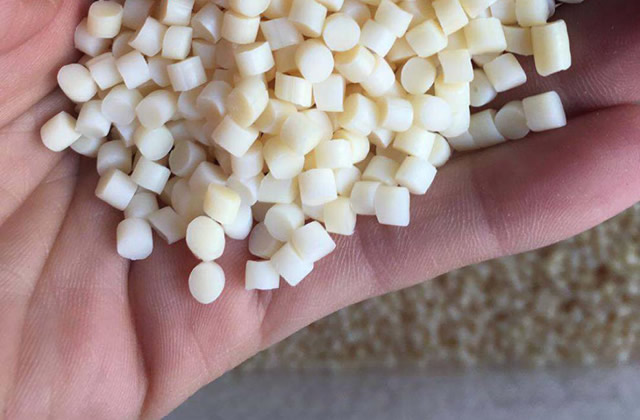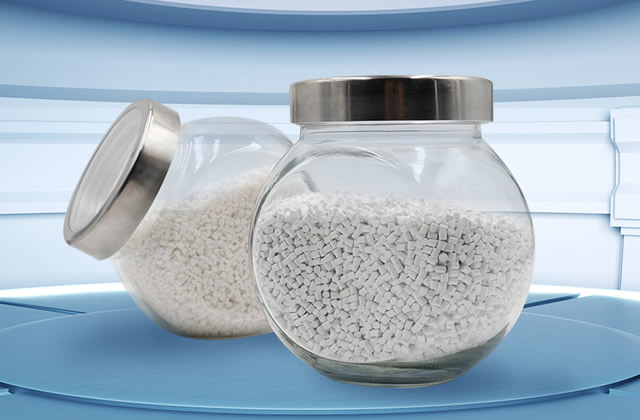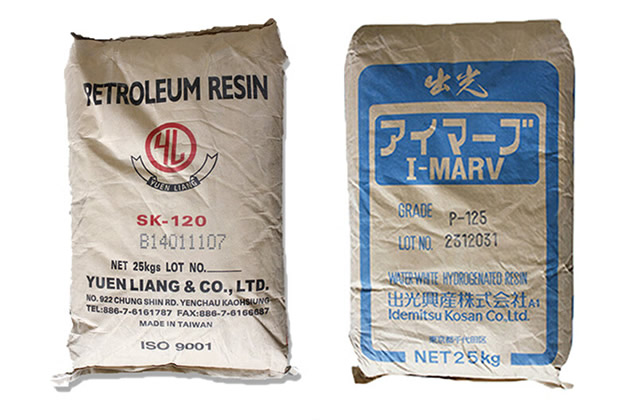1. What is the difference between toughening agent and compatibilizer
1. What is compatibilizer
Compatibilizer, also known as compatibilizer, refers to an additive that promotes the combination of two incompatible polymers with the help of intermolecular bonding forces to obtain a stable blend.
When making polymer materials, if two materials are incompatible, we can add a third component, which can be compatible with both the first material and the second material. Compatibility, we call it compatibilizer, is the key to compatibilization technology. It can be said that compatibilizer is a bridge connecting two incompatible materials.
2. What is a toughening agent?
Toughening agent refers to a substance that can increase the flexibility of the adhesive film. It has It can reduce the brittleness of composite materials and improve the impact resistance of composite materials. It can be divided into two categories: active tougheners and inactive tougheners. Active tougheners refer to active groups on their molecular chains that can react with the matrix resin. Clusters can form a network structure and add some flexible chains, thereby improving the impact resistance of composite materials. Inactive tougheners are a type of tougheners that are well compatible with the matrix resin but do not participate in chemical reactions.

3. The difference between tougheners and compatibilizers
Tougheners and compatibilizers are both auxiliaries for modified plastics. The main difference between the two is the effect: the effect of the compatibilizer is to promote the non-separability of two or more raw materials when blended, and increase the compatibility of the two; the effect of the toughening agent is to increase the toughness of the plastic, Reduce brittleness and improve impact resistance.
2. Can tougheners and compatibilizers be used together?
Yes, and tougheners generally need to be combined with compatibilizers in most cases Used together, the key to toughening is compatibilization.
Generally speaking, when plastics are subjected to external forces, they absorb and dissipate energy through the processes of interface debonding, cavitation, and matrix shear yielding. Except for non-polar plastic resins, which can be directly added when toughened, When using elastomer particles with good compatibility (similar compatibility principle), other polar resins require effective compatibilization to achieve the final toughening purpose.
Add compatibilizer (compatibilizer) before adding toughener to the product, and the toughening effect will be significantly improved.
If the website content violates your rights, please contact us to delete it。








